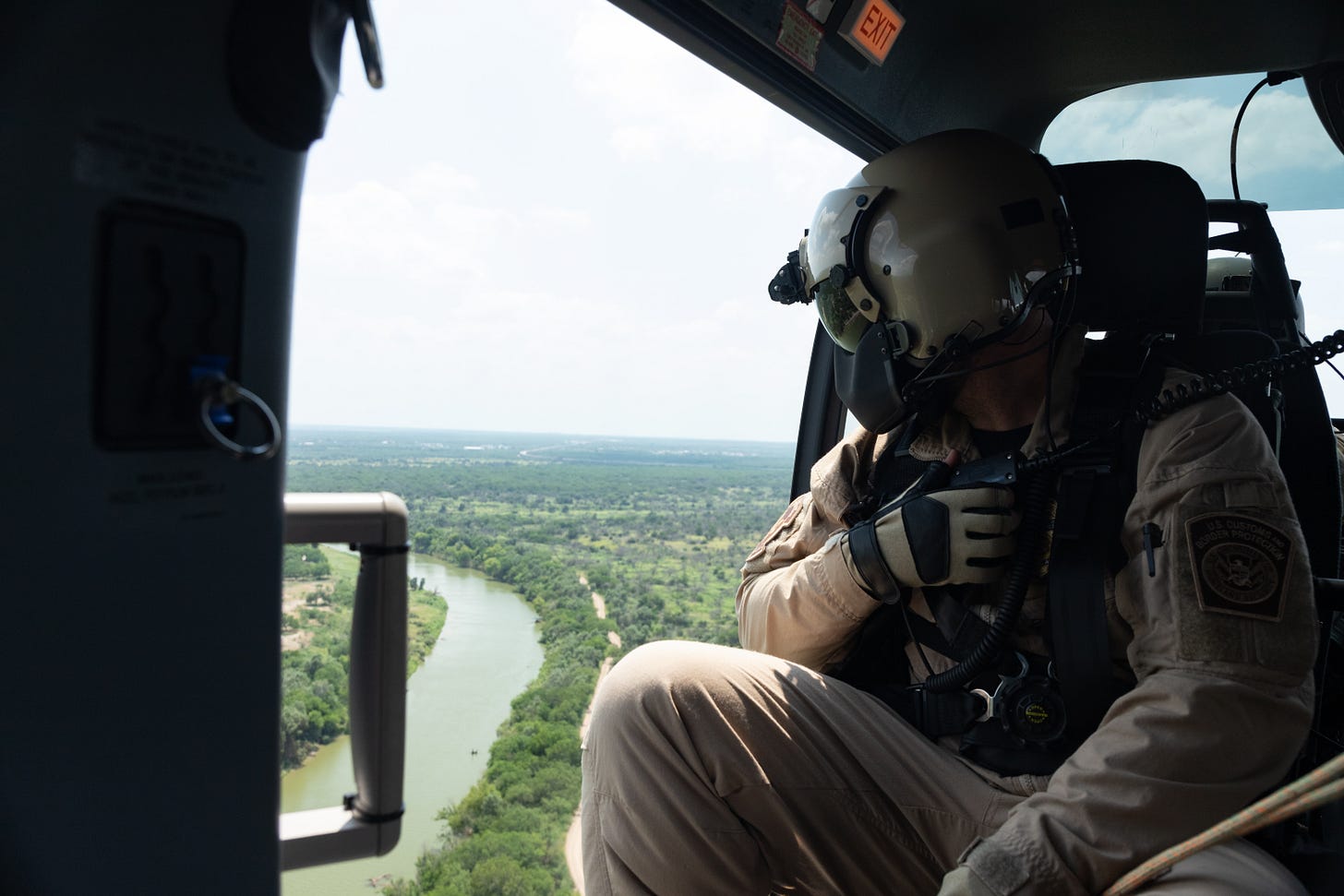‘They Want to Have a Police State’: Trump’s Rio Grande Military Zone
With Strykers and soldiers the Trump administration implemented its third National Defense Area in the Rio Grande Valley in June, alarming local groups.

On his first day back in office, President Trump condemned what he called the “vast amount of peo…
Keep reading with a 7-day free trial
Subscribe to The Border Chronicle to keep reading this post and get 7 days of free access to the full post archives.

